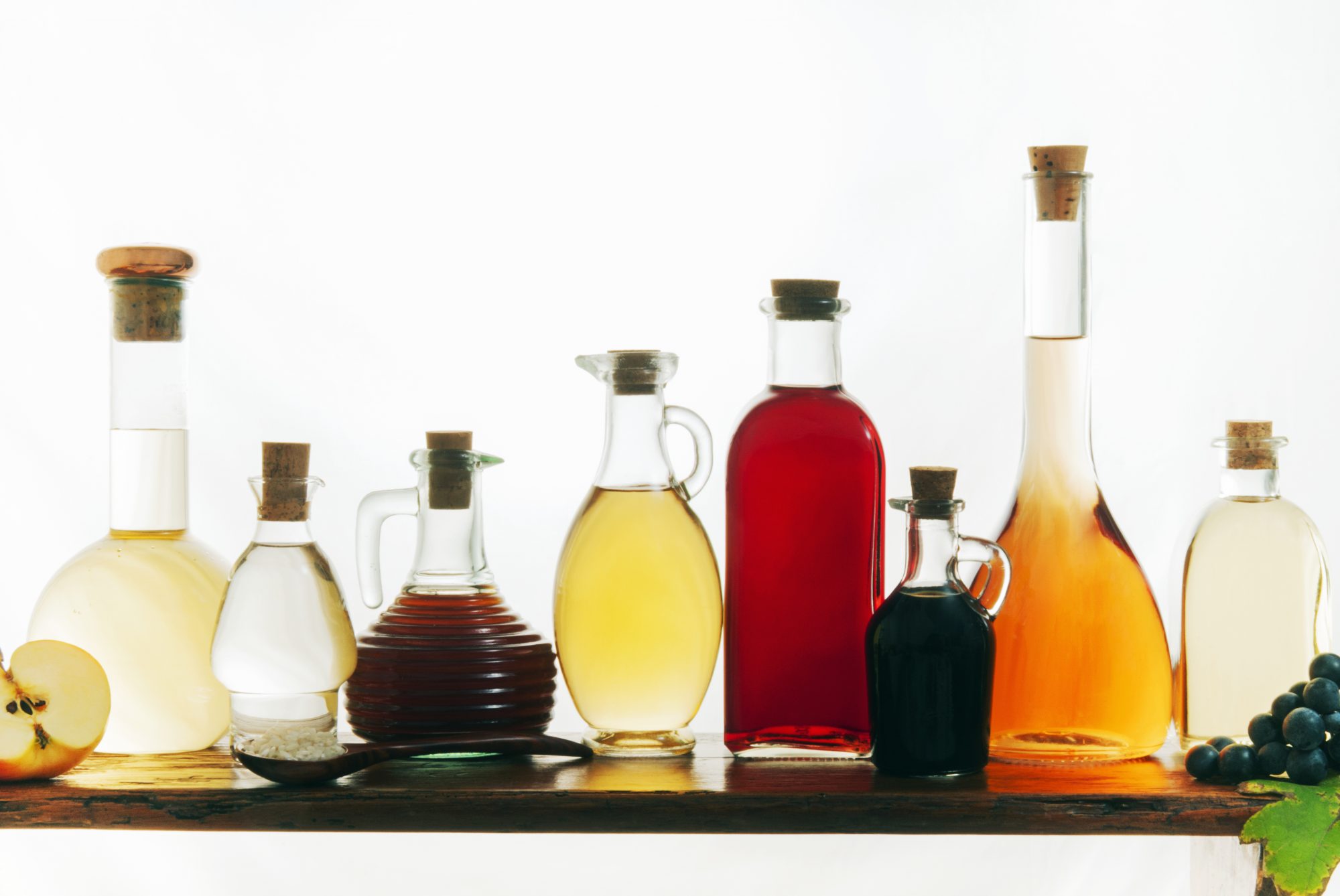

Articles
How To Store Vinegar
Modified: December 7, 2023
Learn the best practices for storing vinegar and keeping it fresh for longer with these helpful articles. Discover tips on proper storage methods and containers for vinegar.
(Many of the links in this article redirect to a specific reviewed product. Your purchase of these products through affiliate links helps to generate commission for Storables.com, at no extra cost. Learn more)
Introduction
Vinegar is a versatile ingredient that is widely used in cooking, cleaning, and even in natural remedies. It’s a common pantry staple that can add flavor to a variety of dishes or be used for preserving food. However, to maintain its quality and prolong its shelf life, proper storage is crucial.
In this article, we will explore the importance of storing vinegar correctly and provide you with practical tips to ensure its preservation. By following these guidelines, you can maximize the flavor and health benefits of your vinegar and avoid common mistakes that may lead to spoilage or deterioration.
Let’s dive in and learn how to store vinegar effectively!
Key Takeaways:
- Proper storage of vinegar is crucial for preserving its flavor, quality, and health benefits. Choosing the right container, avoiding contamination, and sealing and labeling are key steps to ensure its longevity and potency.
- Avoid common mistakes such as exposure to air, improper containers, and neglecting labeling when storing vinegar. By following proper storage practices, you can extend its shelf life, maintain its flavor, and fully enjoy its versatility in various aspects of your daily life.
Read more: How To Store Jalapenos In Vinegar
Importance of Proper Storage
Proper storage of vinegar is essential to maintain its freshness, flavor, and quality over time. When stored improperly, vinegar can deteriorate, resulting in a decrease in its flavor and potency. Here are a few key reasons why proper storage is important:
- Preserving Taste and Aroma: Vinegar is valued for its distinct flavor and aroma, which can be compromised if exposed to unfavorable conditions. By storing vinegar correctly, you can ensure that it retains its characteristic taste and scent, enhancing the overall culinary experience.
- Prolonging Shelf Life: Proper storage can extend the shelf life of vinegar, allowing you to use it for a longer period. This is particularly important if you don’t consume vinegar regularly or if you have a large bottle that needs to last. By protecting it from spoilage, you can avoid unnecessary waste and save money in the long run.
- Maintaining Nutritional Value: Vinegar contains beneficial compounds such as acetic acid and antioxidants, which provide numerous health benefits. However, exposure to excessive heat, light, or air can degrade these compounds, reducing their nutritional potency. Storing vinegar properly helps maintain its nutritional value and ensures you can reap its health advantages.
- Safety and Hygiene: Proper storage helps prevent contamination and maintain hygiene. Vinegar is naturally acidic, which inhibits the growth of harmful bacteria. However, if exposed to air or other contaminants, it can spoil or become a breeding ground for bacteria. To ensure that your vinegar remains safe to use, proper storage is crucial.
By recognizing the importance of proper storage, you can preserve the quality and integrity of your vinegar, ensuring that it remains fresh and potent when you need it most. Now, let’s explore the essential factors to consider when storing vinegar.
Choosing the Right Container
The container in which you store vinegar plays a crucial role in preserving its quality and preventing spoilage. Here are some important considerations when choosing the right container:
- Glass or Plastic: It is recommended to store vinegar in glass containers rather than plastic. Glass is non-reactive and will not affect the flavor or quality of the vinegar. Plastic containers, on the other hand, can leach chemicals into the vinegar, altering its taste and potentially exposing you to harmful substances.
- Dark-Colored Bottles: Opt for dark-colored bottles, such as amber or dark green glass, to protect the vinegar from light exposure. Light can degrade the quality of vinegar, leading to a loss of flavor and potency. Using opaque bottles can help shield the vinegar from harmful UV rays and maintain its integrity.
- Airtight Seals: Ensure that the container has a tight-fitting, airtight lid or cap. This will prevent air from entering the container, which can accelerate the vinegar’s oxidation process and degrade its quality. A secure seal will also help preserve the vinegar’s aroma and prevent contamination.
- Size and Shape: Consider the size of the container based on your usage needs. If you use vinegar frequently, a smaller bottle may be more practical to minimize the exposure to air each time you open it. Additionally, choose a shape that allows for easy pouring and handling.
- Labeling: To avoid confusion and ensure proper usage, label the container with the type of vinegar and the date it was bottled or opened. This will help you keep track of its freshness and use it within the recommended time frame.
When selecting a container for vinegar storage, prioritize factors such as non-reactivity, light protection, airtight seals, and proper labeling. By choosing the right container, you can safeguard the quality and flavor of your vinegar for an extended period. Next, let’s explore the impact of temperature and light exposure on vinegar storage.
Temperature and Light Exposure
The storage temperature and exposure to light are critical factors that can significantly affect the quality and shelf life of vinegar. Here’s what you need to know about temperature and light when storing vinegar:
- Temperature: Vinegar should be stored at a cool and consistent temperature. Ideally, the storage temperature should be around 50 to 70 degrees Fahrenheit (10 to 21 degrees Celsius). Avoid storing vinegar in areas that are prone to extreme temperature fluctuations, such as near stoves, ovens, or windows. Fluctuating temperatures can cause condensation and impact the vinegar’s flavor and quality.
- Avoid Heat: Heat is detrimental to vinegar storage. High temperatures can accelerate the oxidation process and promote bacterial growth, leading to spoilage. Therefore, it’s important to keep vinegar away from direct sunlight, heating vents, or any other sources of heat.
- Light Exposure: Light can degrade the quality of vinegar over time, especially ultraviolet (UV) light. To protect vinegar from light exposure, store it in a dark place, such as a pantry or cupboard. If using clear bottles, ensure that they are placed in a dark area or wrapped in a protective covering to minimize UV light penetration.
- Refrigeration: While vinegar does not require refrigeration, storing it in the refrigerator can help prolong its shelf life, especially for delicate fruit-based or homemade vinegars. Refrigerating vinegar can slow down the oxidation process and maintain its freshness. However, note that refrigerated vinegar may develop a slightly cloudy appearance, which is harmless and does not affect its quality.
- Avoid Freezing: Do not store vinegar in the freezer. Freezing vinegar can result in changes in texture and consistency, ultimately affecting its flavor. Moreover, the expansion of liquid during freezing can cause the bottle to crack or break, leading to a messy and potentially hazardous situation.
By ensuring the proper temperature and minimizing light exposure, you can extend the shelf life and maintain the quality of your vinegar. Next, let’s discuss how to avoid contamination when storing vinegar.
Avoiding Contamination
Contamination is a common concern when it comes to storing vinegar. To preserve its freshness and prevent the growth of harmful bacteria, it’s essential to follow these practices to avoid contamination:
- Clean Containers: Before transferring vinegar to a new container, ensure that it is clean and free from any residue or odor. Wash the container thoroughly with warm water and mild soap, then rinse it well. Avoid using containers that previously held other strong-smelling substances, as their odors may seep into the vinegar.
- Hygienic Handling: When handling vinegar, make sure your hands are clean to prevent introducing bacteria or other contaminants. Wash your hands thoroughly with soap and water before touching the bottle or pouring vinegar into a recipe or container.
- Avoid Cross-Contamination: Do not use the same utensils or measuring cups for different types of vinegar or other ingredients. Cross-contamination can alter the flavor and quality of vinegar and may introduce unwanted bacteria or allergens.
- Proper Pouring: When pouring vinegar, avoid directly touching the container’s spout or cap to avoid transferring bacteria or other contaminants. If using a free-flowing spout, position it slightly above the opening of the container or use a clean funnel for easy and hygienic pouring.
- Avoid Water Dilution: Do not add water to vinegar or dilute it unless a specific recipe calls for it. Adding water can introduce additional bacteria or contaminants, increasing the risk of spoilage. It’s best to use vinegar as it is to maintain its integrity.
- Keep Away from Food Spoilage: Store vinegar away from perishable food items, especially those with strong odors. Vinegar can pick up odors easily, which may affect its flavor. Additionally, keep vinegar away from raw meats or other potentially hazardous foods to prevent any cross-contamination.
By following these practices, you can maintain the purity and cleanliness of your vinegar, preventing any potential contamination. Proper handling and storage will help ensure that your vinegar remains safe and enjoyable to use. Now, let’s move on to the importance of sealing and labeling your vinegar containers.
Store vinegar in a cool, dark place away from direct sunlight and heat sources. Keep it tightly sealed to prevent evaporation and contamination. Avoid storing it near strong-smelling foods as it can absorb odors.
Read more: How To Store Jalapeños In Vinegar
Sealing and Labeling
Sealing and labeling your vinegar containers are essential steps in maintaining its quality, preventing leakage, and ensuring easy identification. Here’s why sealing and labeling are important when storing vinegar:
- Airtight Sealing: Ensure that the lid or cap of your vinegar container provides a tight and secure seal. An airtight seal prevents the entry of air, which can cause oxidation and deterioration of the vinegar. It also helps maintain the aroma and flavor of the vinegar over time.
- Preventing Leakage: Proper sealing of vinegar containers ensures that they do not leak or spill, which can result in wastage and mess. Make sure that the lid is securely tightened and that there are no cracks or damages that could compromise the container’s integrity.
- Labeling with Date and Type: Labeling your vinegar containers with the date of bottling or opening and the type of vinegar is crucial for easy identification and usage. This helps you keep track of the freshness of the vinegar and ensures that you use it within the recommended time frame. It also prevents confusion if you have multiple types of vinegar in your pantry.
- Additional Information: You can also include additional information on the label, such as the brand or any specific details about the vinegar’s origin, flavor profile, or recommended uses. This makes it easier to select the right vinegar for your recipes or needs without having to open each bottle.
- Storage Instructions: Consider adding storage instructions on the label, such as the recommended temperature range or any specific directions for storage. This helps remind you and others in your household of the best practices for preserving the vinegar’s quality.
By ensuring proper sealing and labeling of your vinegar containers, you can maintain its freshness, prevent leakage, and easily identify and use the vinegar when needed. This organized approach to storage enhances the overall experience of using vinegar in your culinary endeavors. Now, let’s move on to understanding the shelf life and expiration dates of vinegar.
Shelf Life and Expiration Dates
Understanding the shelf life and expiration dates of vinegar is crucial to ensure its freshness, quality, and safety. While vinegar is known for its long shelf life, here are some important points to consider:
- Shelf Life: Vinegar has an indefinite shelf life, thanks to its high acidity and antimicrobial properties. When stored properly, it can remain safe to consume and maintain its quality for an extended period. However, its flavor and potency may gradually diminish over time.
- Expiration Dates: Although vinegar doesn’t have a strict expiration date, it is common for manufacturers to include a “best by” or “use by” date on the bottle. This date indicates the period during which the vinegar is expected to have optimal quality and flavor. However, it doesn’t necessarily mean that the vinegar is unsafe to consume after that date.
- Sensory Evaluation: If you are unsure about the quality of vinegar past its expiration date, you can perform a sensory evaluation. Check for any unusual odor, color changes, or signs of mold or spoilage. If the vinegar appears and smells normal, it is likely safe to use, even if it has exceeded the expiration date.
- Storage Condition Impact: Proper storage conditions, such as temperature, light exposure, and contamination prevention, play a significant role in the vinegar’s overall shelf life and quality. Storing vinegar under optimal conditions can help it maintain its freshness and flavor for a longer duration.
- Homemade Vinegars: Homemade vinegars may have a shorter shelf life compared to commercially produced ones due to variations in acidity levels and the absence of preservatives. It is best to consume homemade vinegars within a reasonable time to ensure their freshness.
Remember to use your judgment and consider the overall condition and sensory attributes of the vinegar before consuming it, especially if it has been stored for an extended period or past its expiration date. If you notice any signs of spoilage, such as a foul odor, mold, or discoloration, it is best to discard the vinegar.
Now that you have a good understanding of the shelf life and expiration dates of vinegar, let’s move on to exploring some common mistakes to avoid when storing vinegar.
Common Mistakes to Avoid
When it comes to storing vinegar, there are some common mistakes that people often make. Being aware of these mistakes can help you avoid them and ensure the longevity and quality of your vinegar. Here are some key mistakes to avoid:
- Exposure to Air: Leaving vinegar bottles open or improperly sealed can lead to excessive exposure to air, causing oxidation and degradation of the vinegar. Always make sure to tightly seal the bottle after each use, minimizing air contact.
- Storing Near Heat Sources: Storing vinegar near heat sources, such as stoves, ovens, or direct sunlight, can accelerate the deterioration process. Heat can reduce the vinegar’s quality and flavor, so it’s important to keep it away from any sources of high temperature.
- Using Improper Containers: Using containers made of reactive materials, like certain metals or plastic, can affect the flavor and quality of vinegar. It’s best to store vinegar in non-reactive glass containers with airtight seals to maintain its integrity.
- Not Properly Labeling: Failing to label your vinegar containers can lead to confusion and difficulties in identifying the type and freshness of the vinegar. It’s important to label each container with the vinegar type and the date of bottling or opening for easy reference.
- Ignoring Contamination Risks: Allowing contaminants, such as food particles or foreign substances, to enter the vinegar container can lead to spoilage and compromise its safety. Ensure proper hygiene when handling vinegar and avoid cross-contamination.
- Using Unsanitized Containers: Using dirty or previously used containers without proper cleaning can introduce bacteria or unwanted flavors into the vinegar. Always wash containers thoroughly before transferring vinegar to maintain its quality.
By avoiding these common mistakes, you can ensure that your vinegar remains fresh, flavorful, and safe to use. Proper storage practices, awareness of potential pitfalls, and regular monitoring of the vinegar’s condition will help you make the most of this versatile ingredient.
Now, let’s wrap up our discussion and summarize the key points about storing vinegar.
Conclusion
Proper storage of vinegar is essential for preserving its flavor, quality, and longevity. By following the right storage practices, you can ensure that your vinegar remains fresh and potent, ready to enhance your culinary creations, cleaning routines, or natural remedies.
Remember to choose the right container, preferably glass with airtight seals, to protect the vinegar from contaminants and light exposure. Maintaining a consistent and cool temperature away from heat sources is important to prevent oxidation and spoilage.
Avoiding contamination by practicing proper hygiene, using clean utensils, and keeping vinegar separate from potentially harmful substances is crucial. Sealing and labeling your vinegar containers help maintain freshness, prevent leakage, and provide easy identification.
While vinegar doesn’t have a strict expiration date, its quality may diminish over time. Pay attention to signs of spoilage, but trust your senses to determine if it is still safe to consume past the expiration date.
Avoid common mistakes such as exposing vinegar to air, storing it near heat sources, using improper containers, neglecting labeling, allowing contamination, or using unsanitized containers.
By following these guidelines and maintaining optimal storage conditions, you can extend the shelf life of your vinegar, ensure its flavor and quality, and fully enjoy its versatility in various aspects of your daily life.
So let’s store vinegar properly, prolong its potency, and savor its delightful taste in the kitchen and beyond!
Frequently Asked Questions about How To Store Vinegar
Was this page helpful?
At Storables.com, we guarantee accurate and reliable information. Our content, validated by Expert Board Contributors, is crafted following stringent Editorial Policies. We're committed to providing you with well-researched, expert-backed insights for all your informational needs.
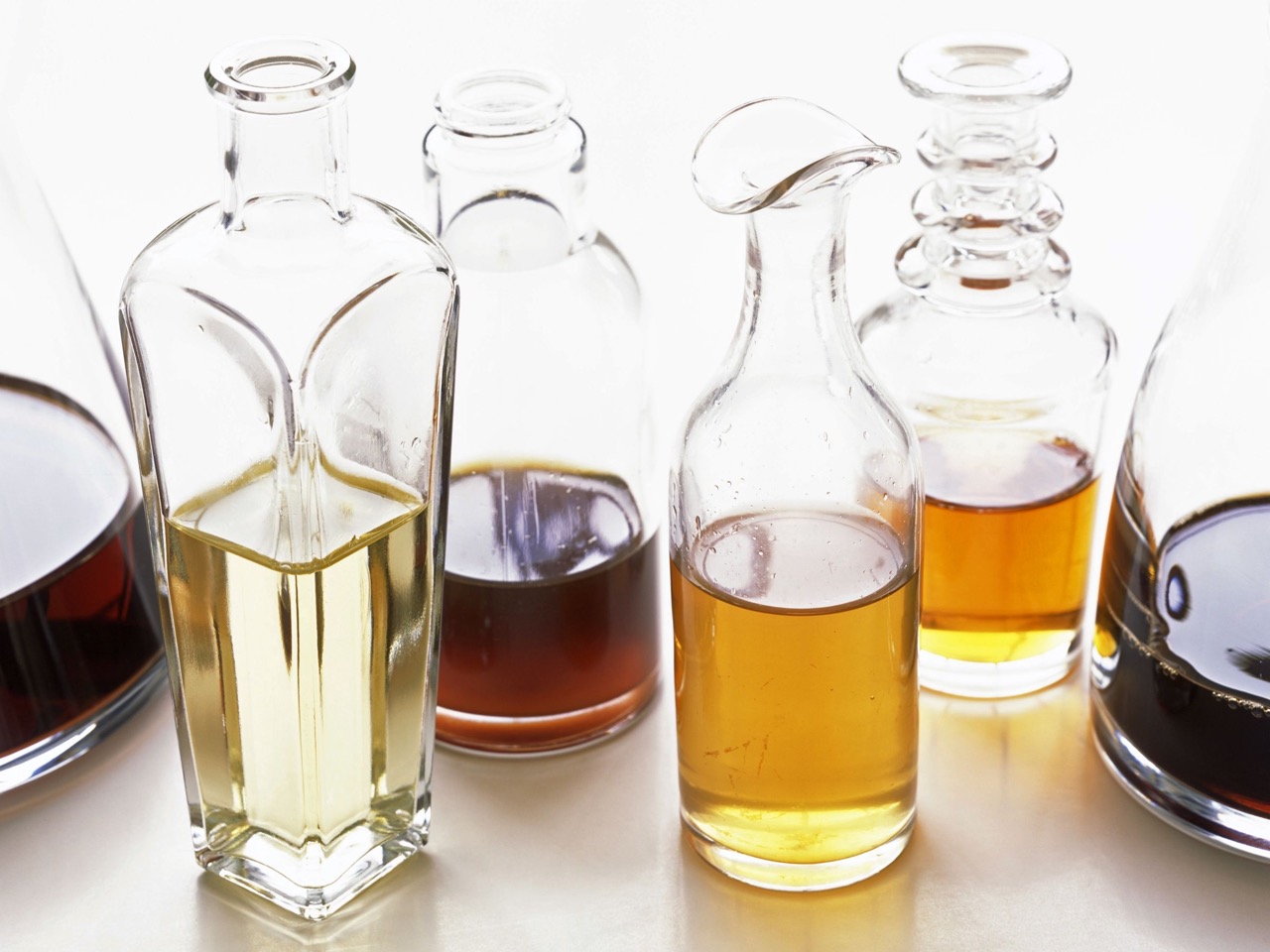
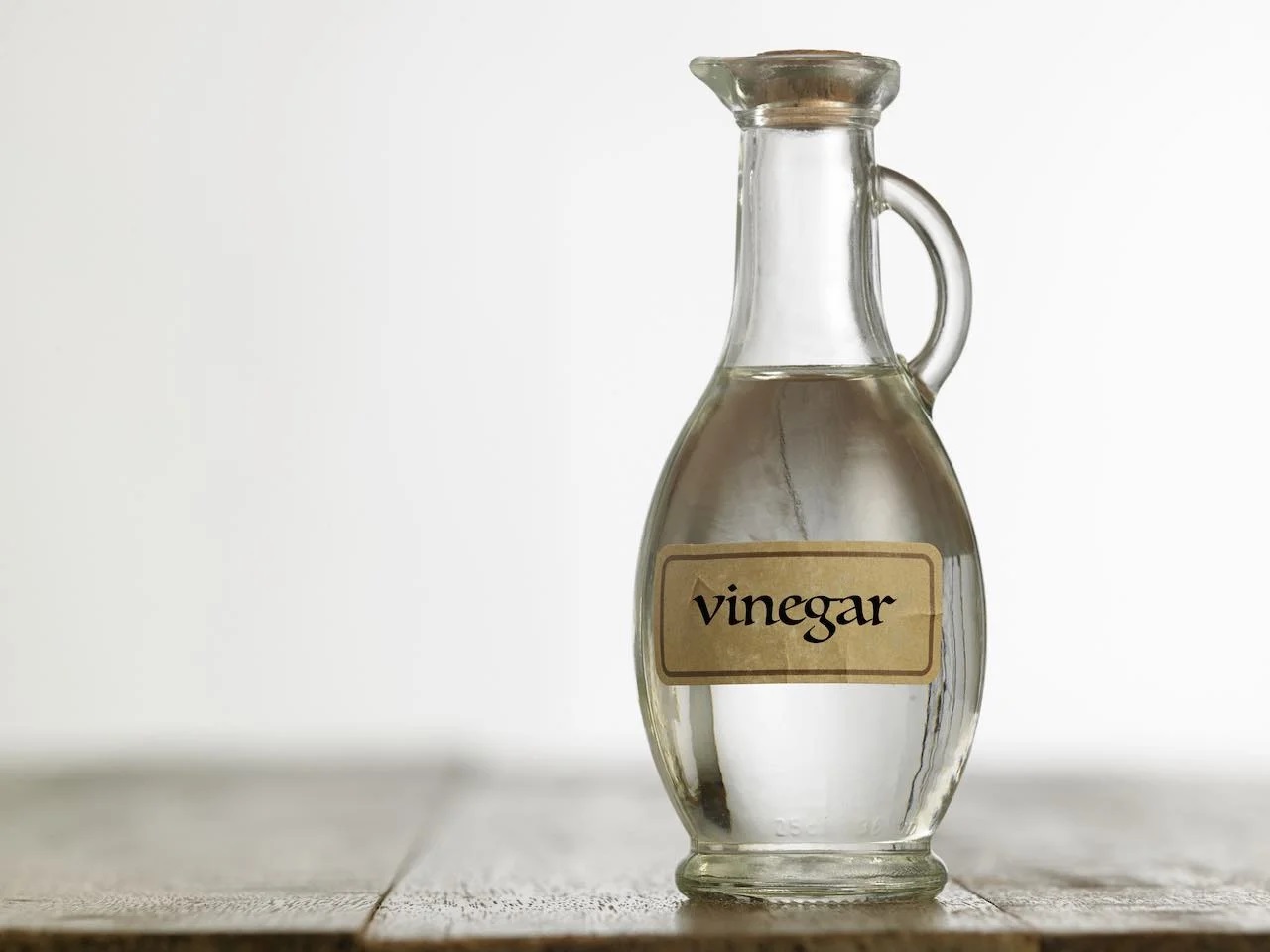
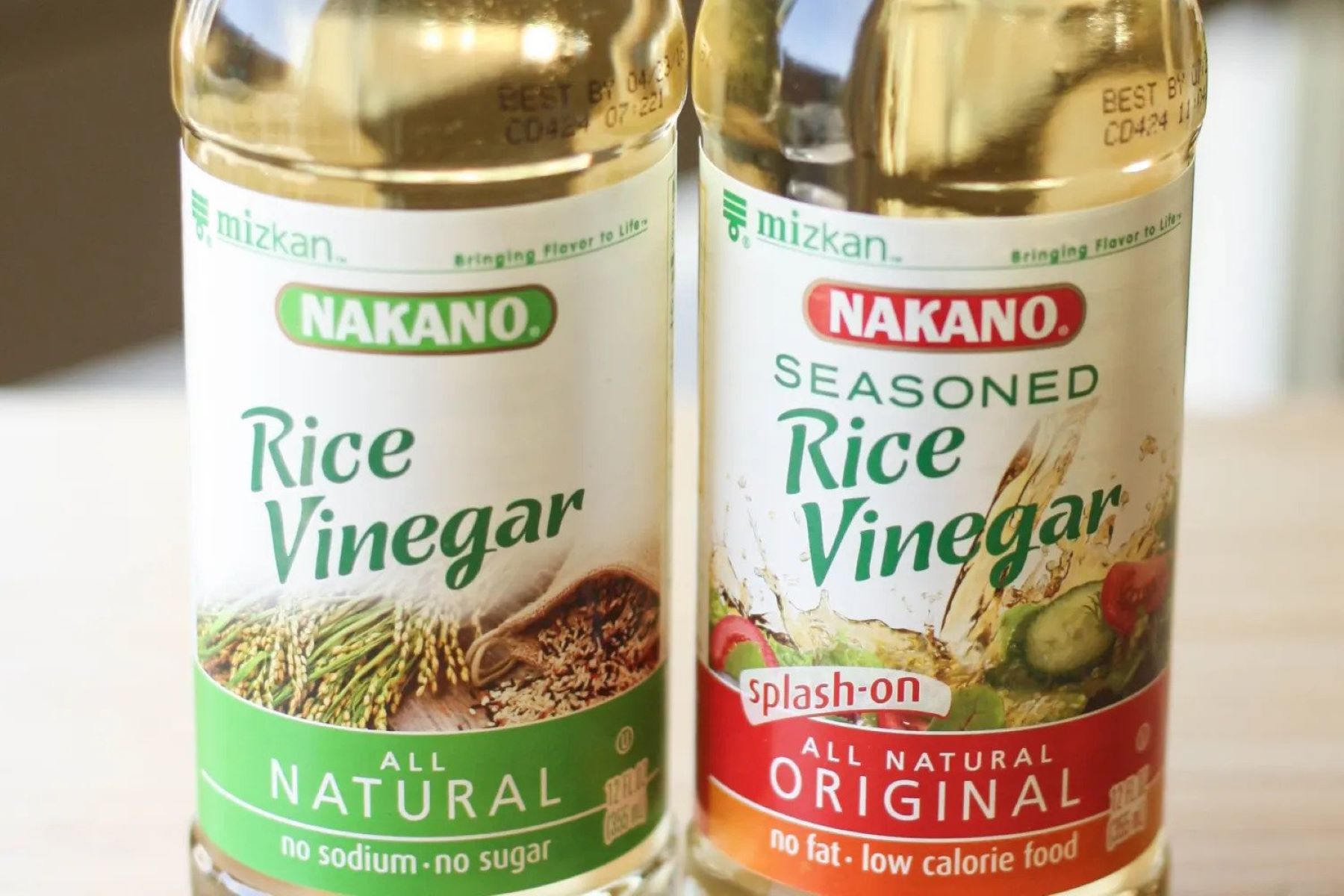
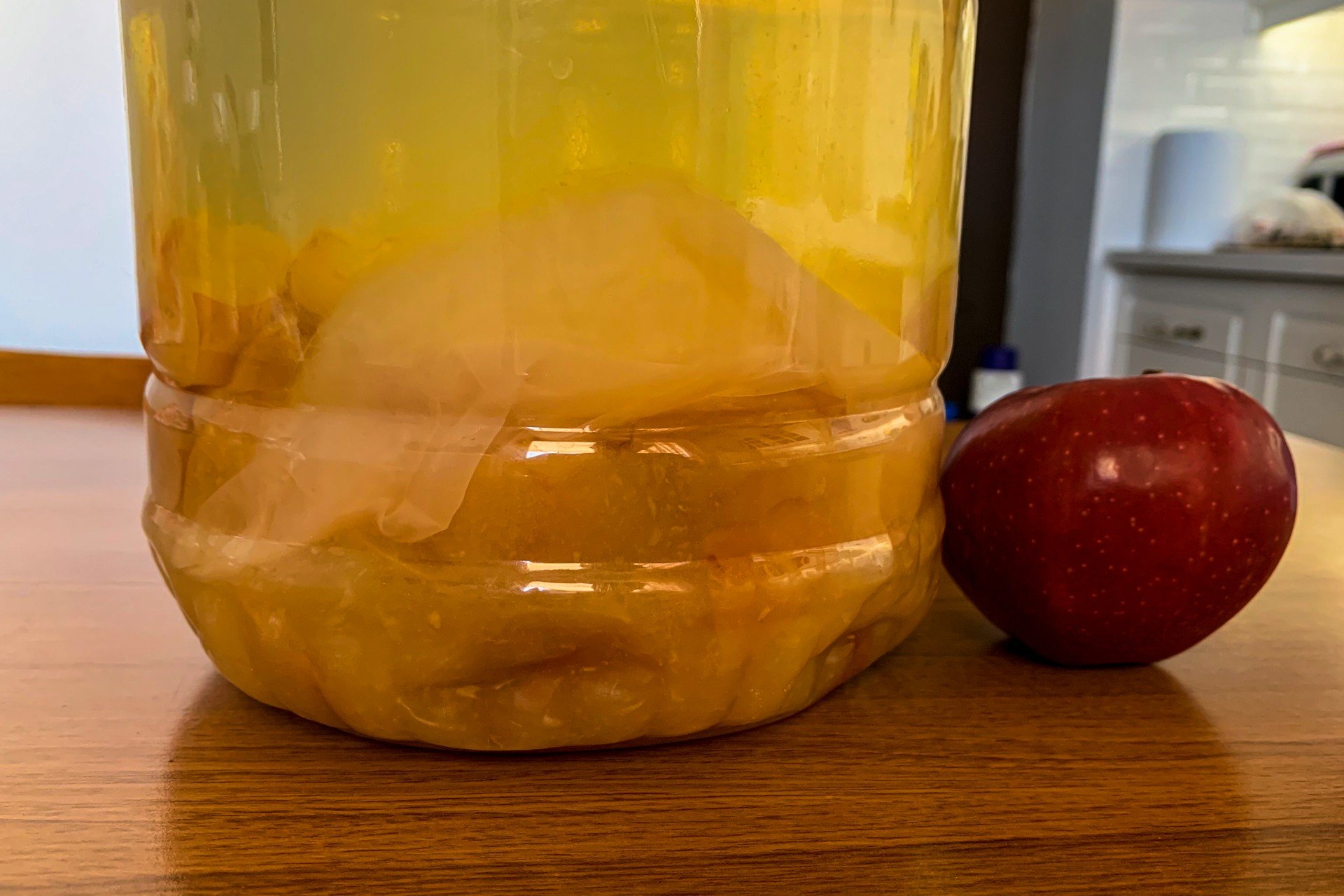
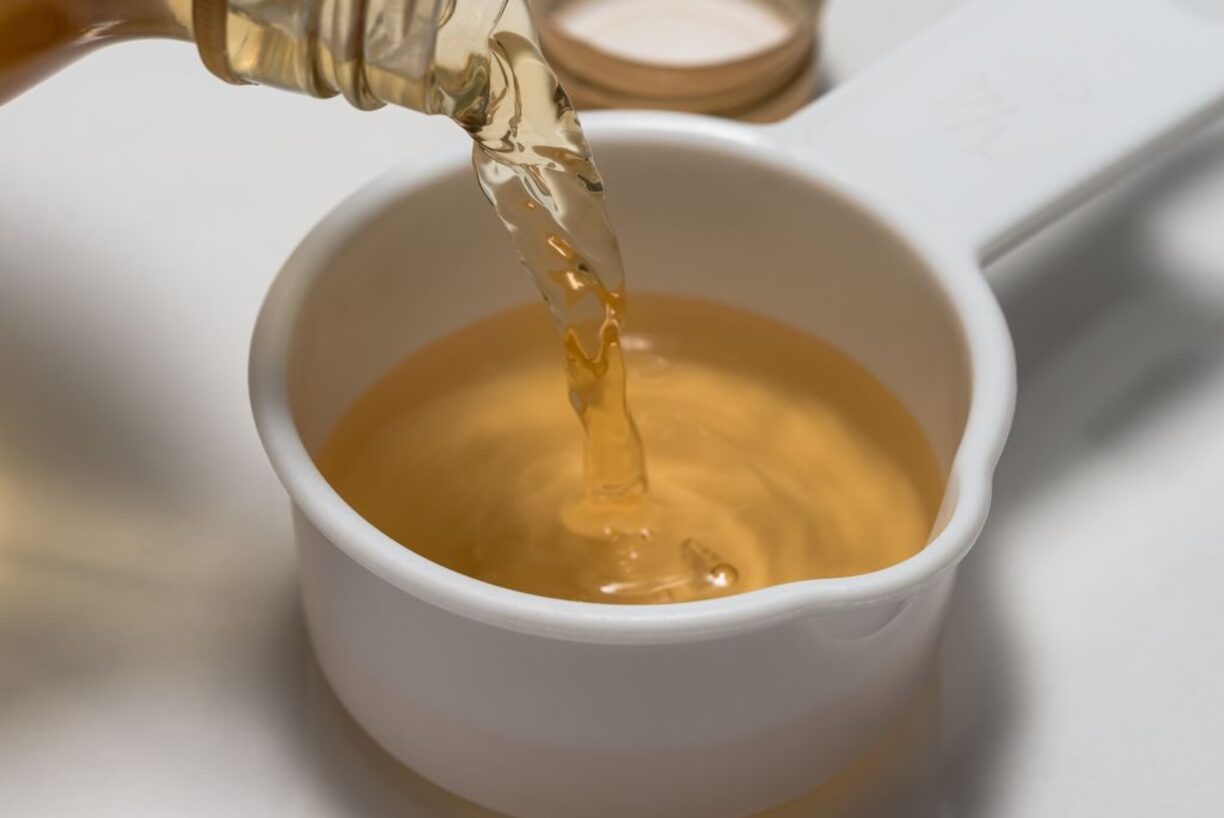
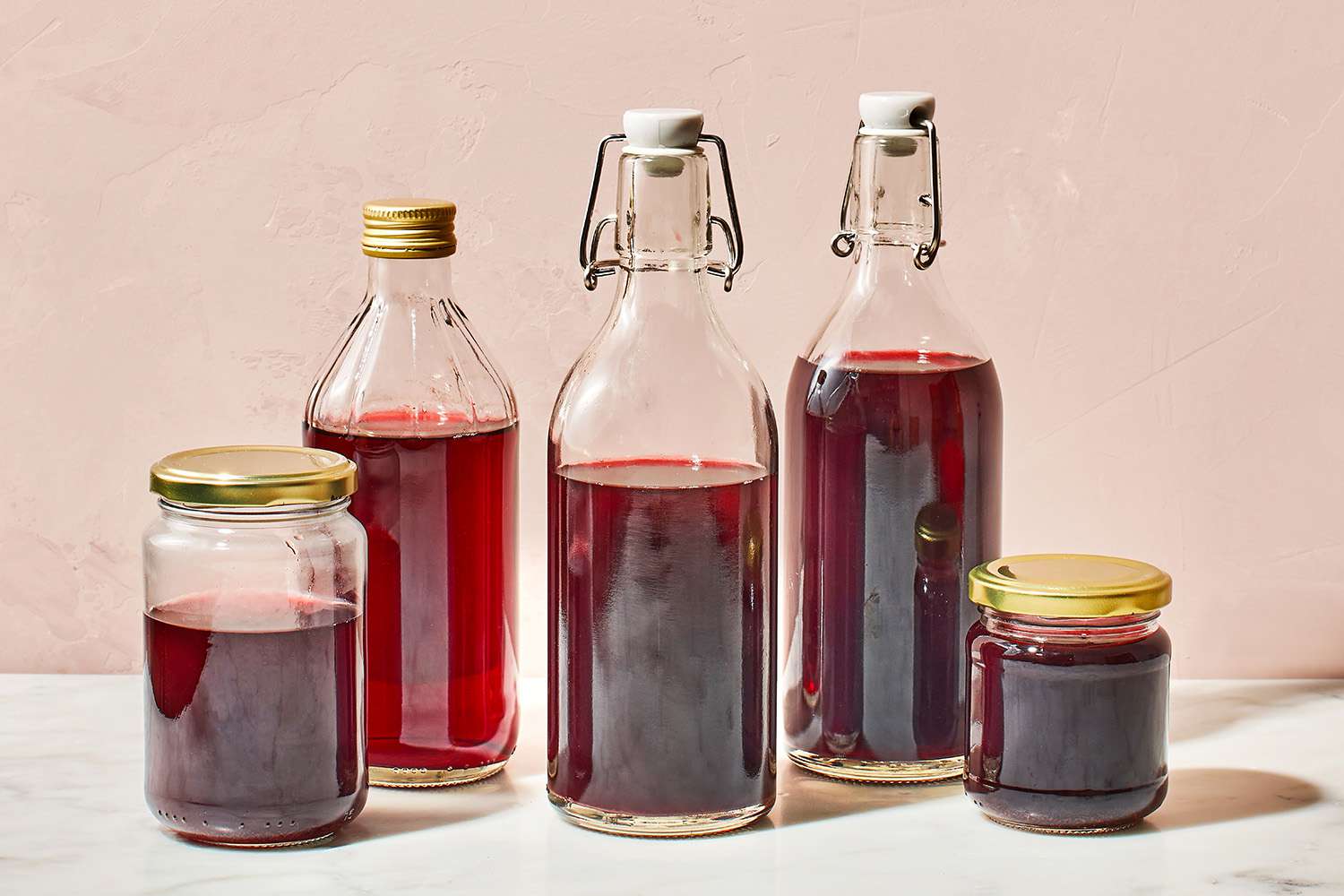
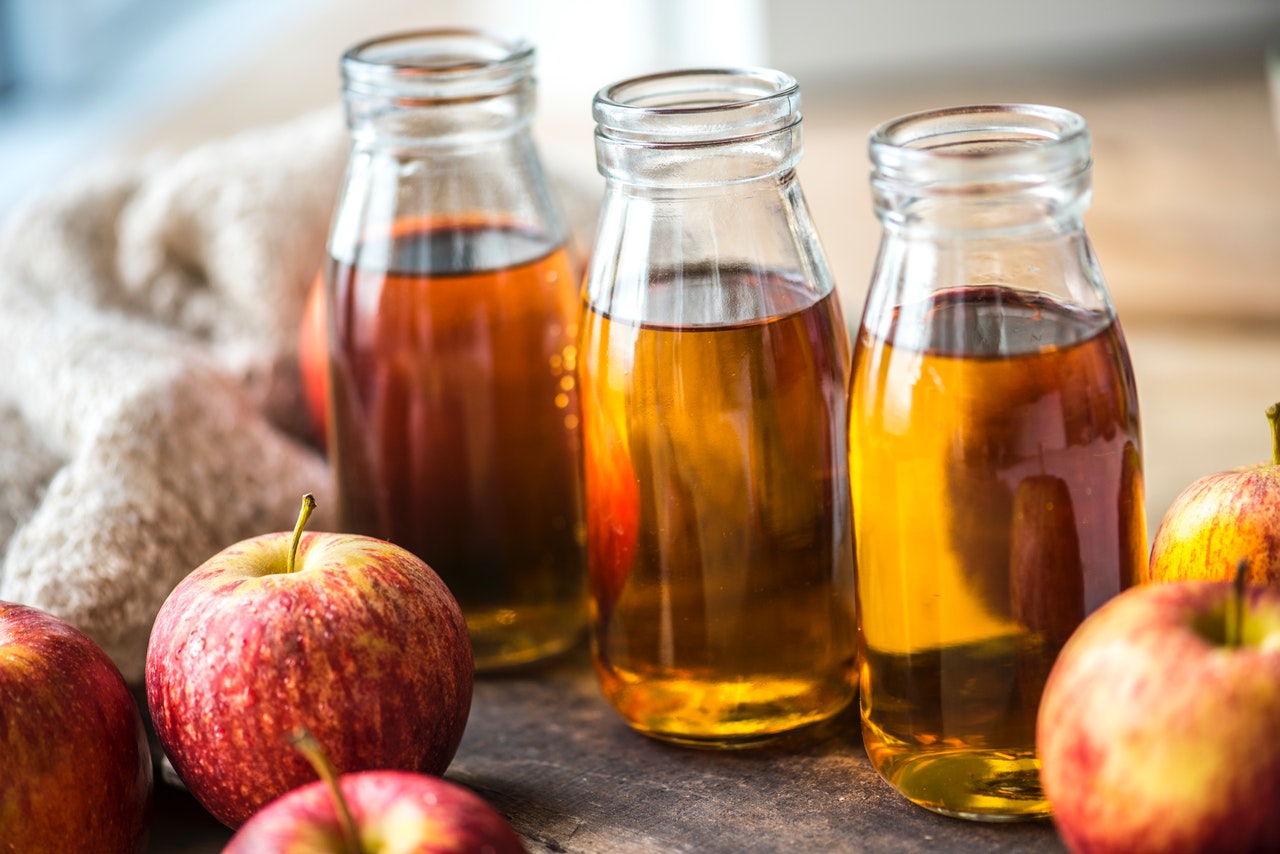
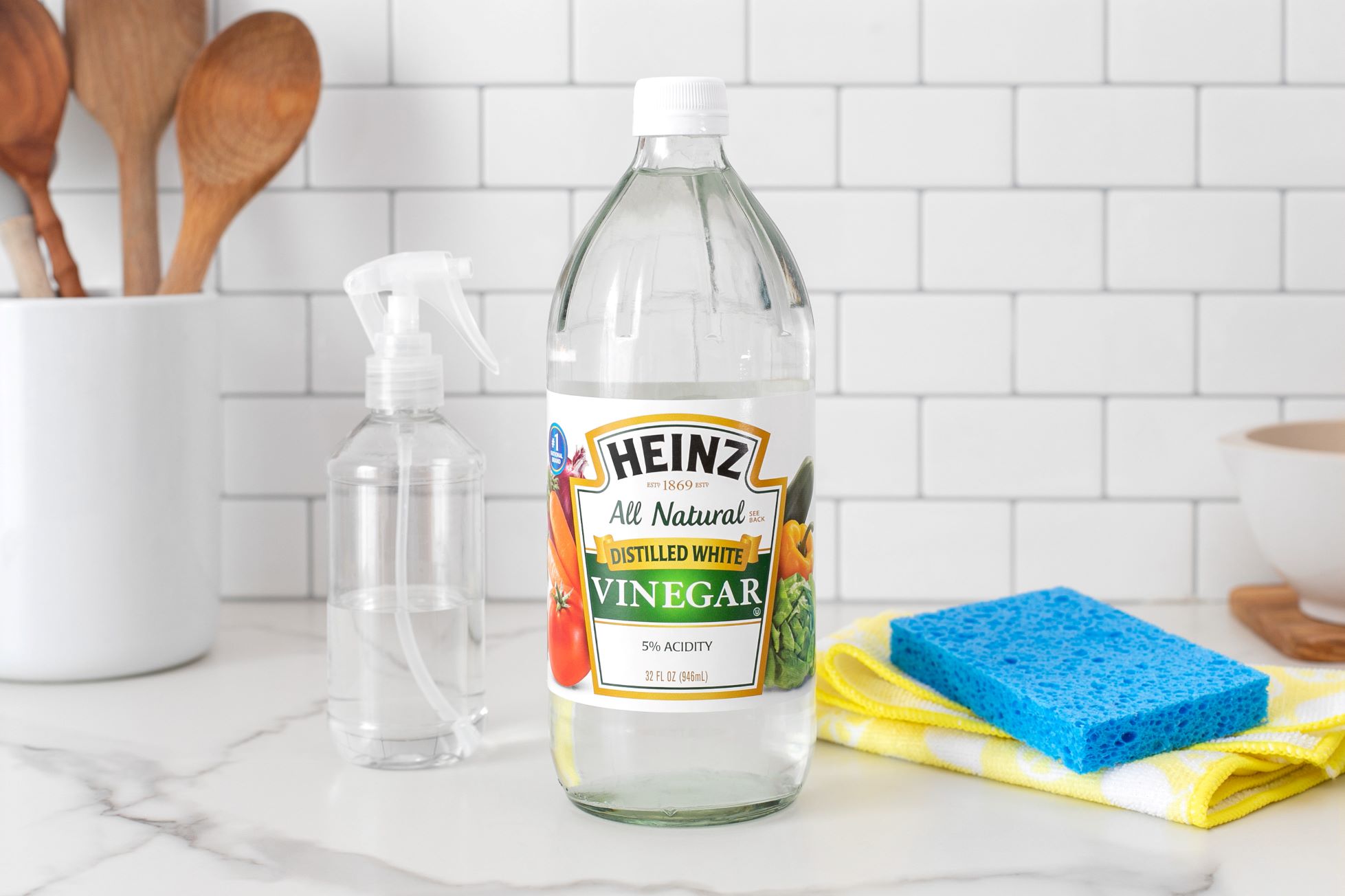
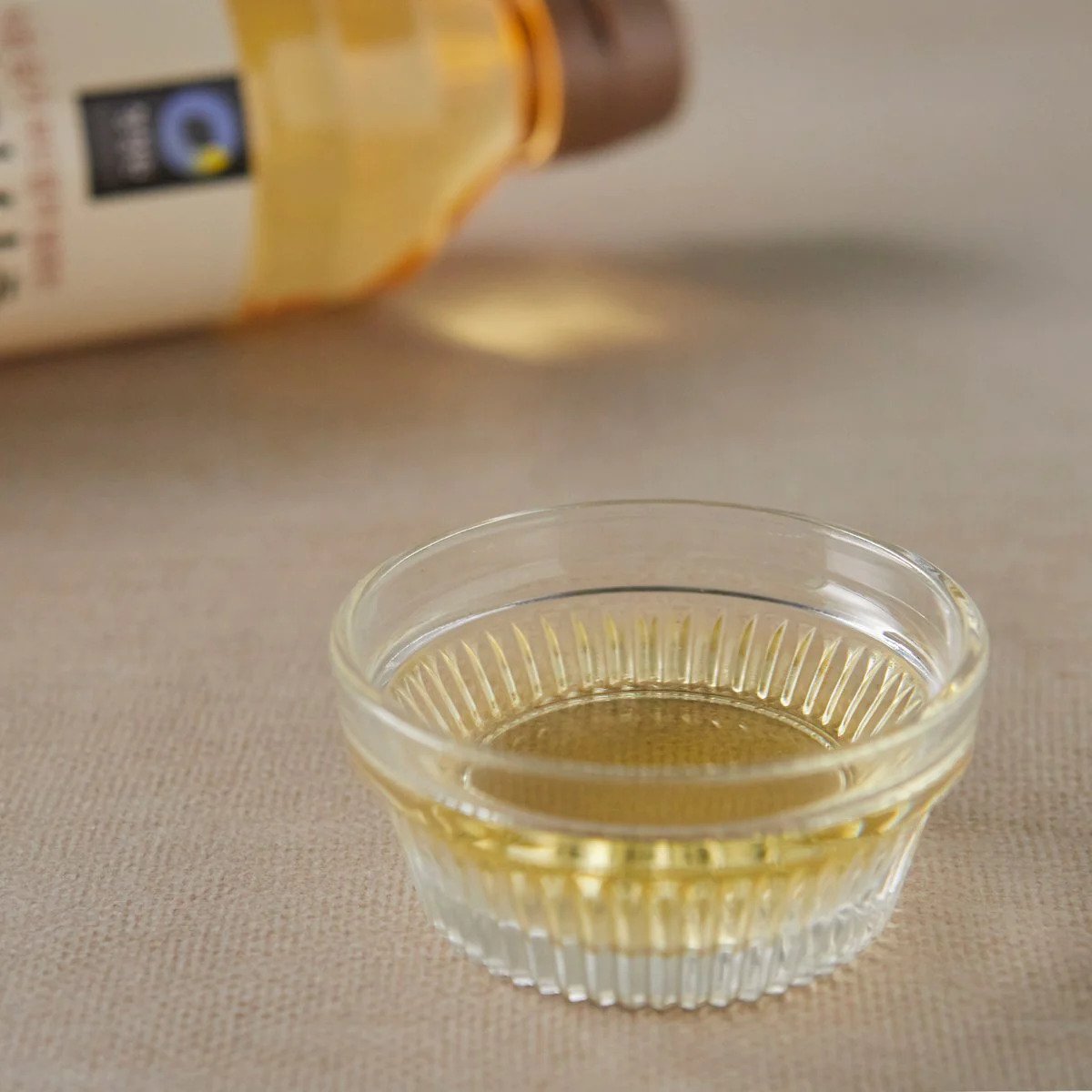
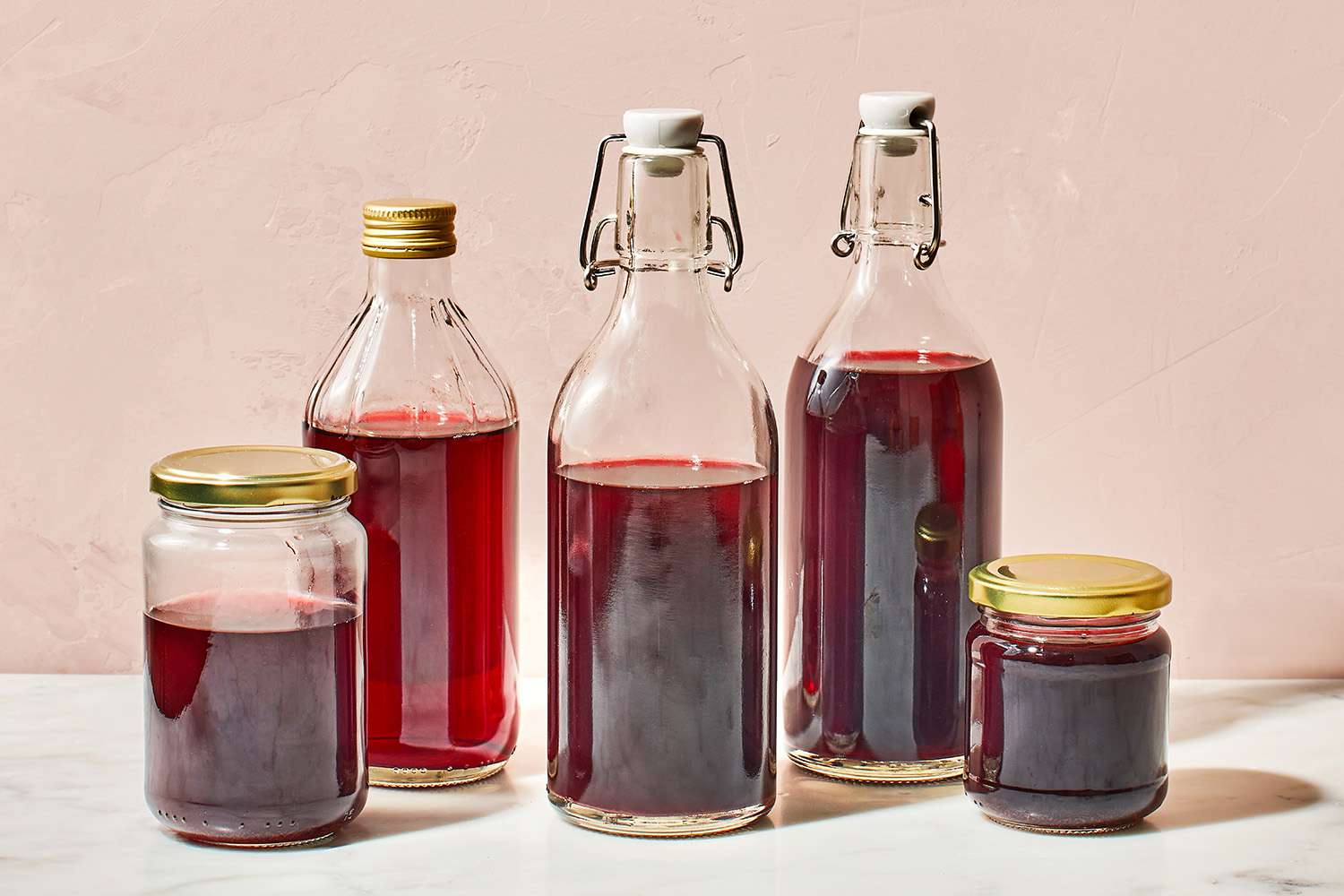
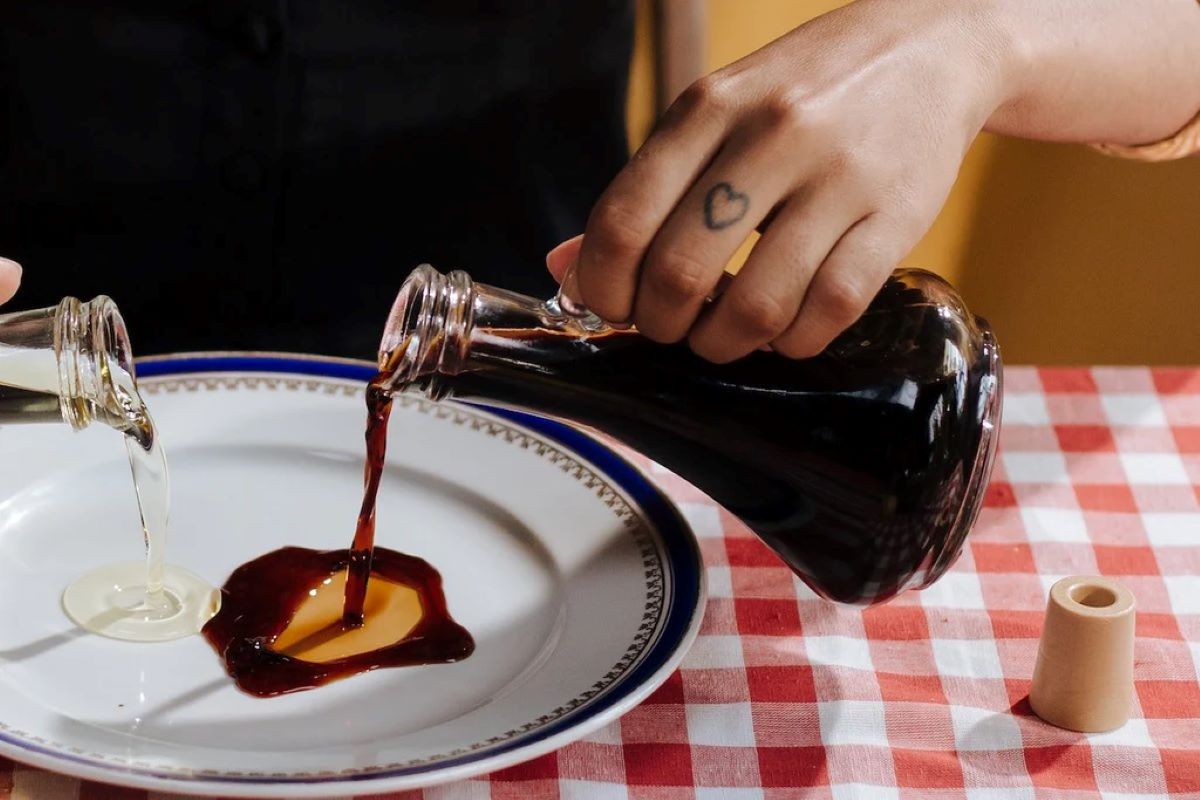
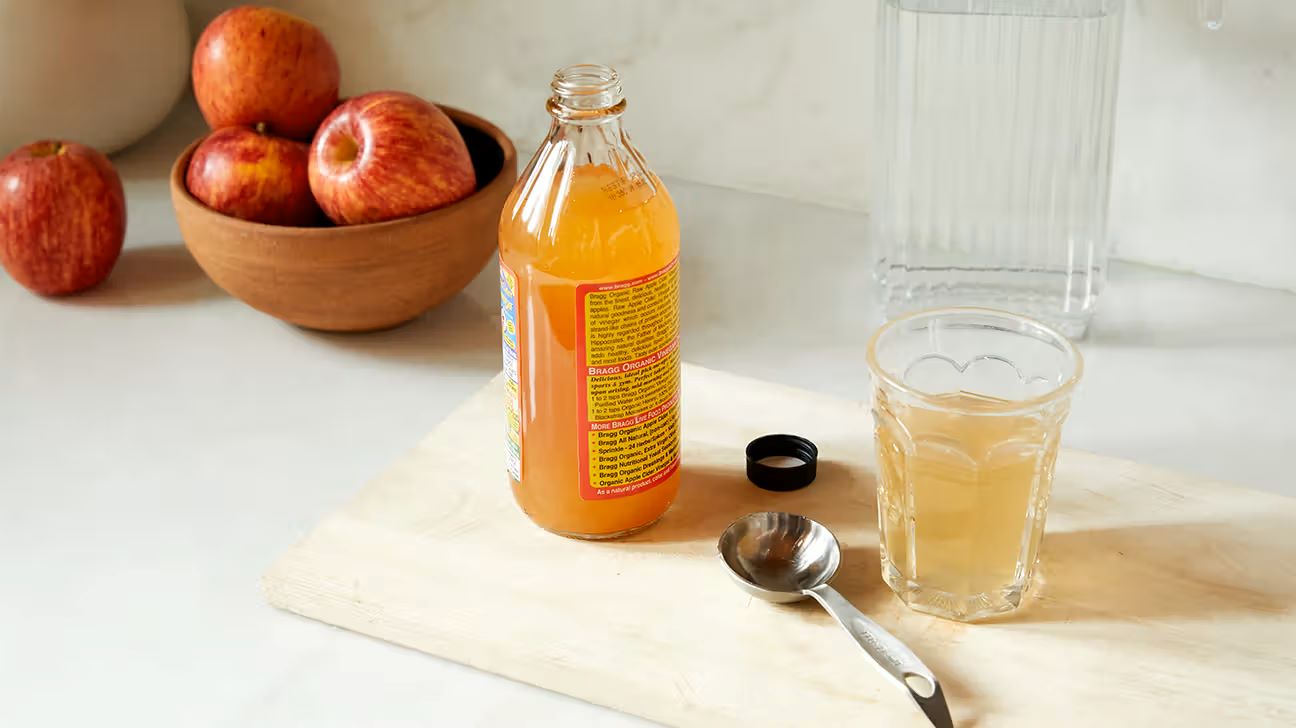
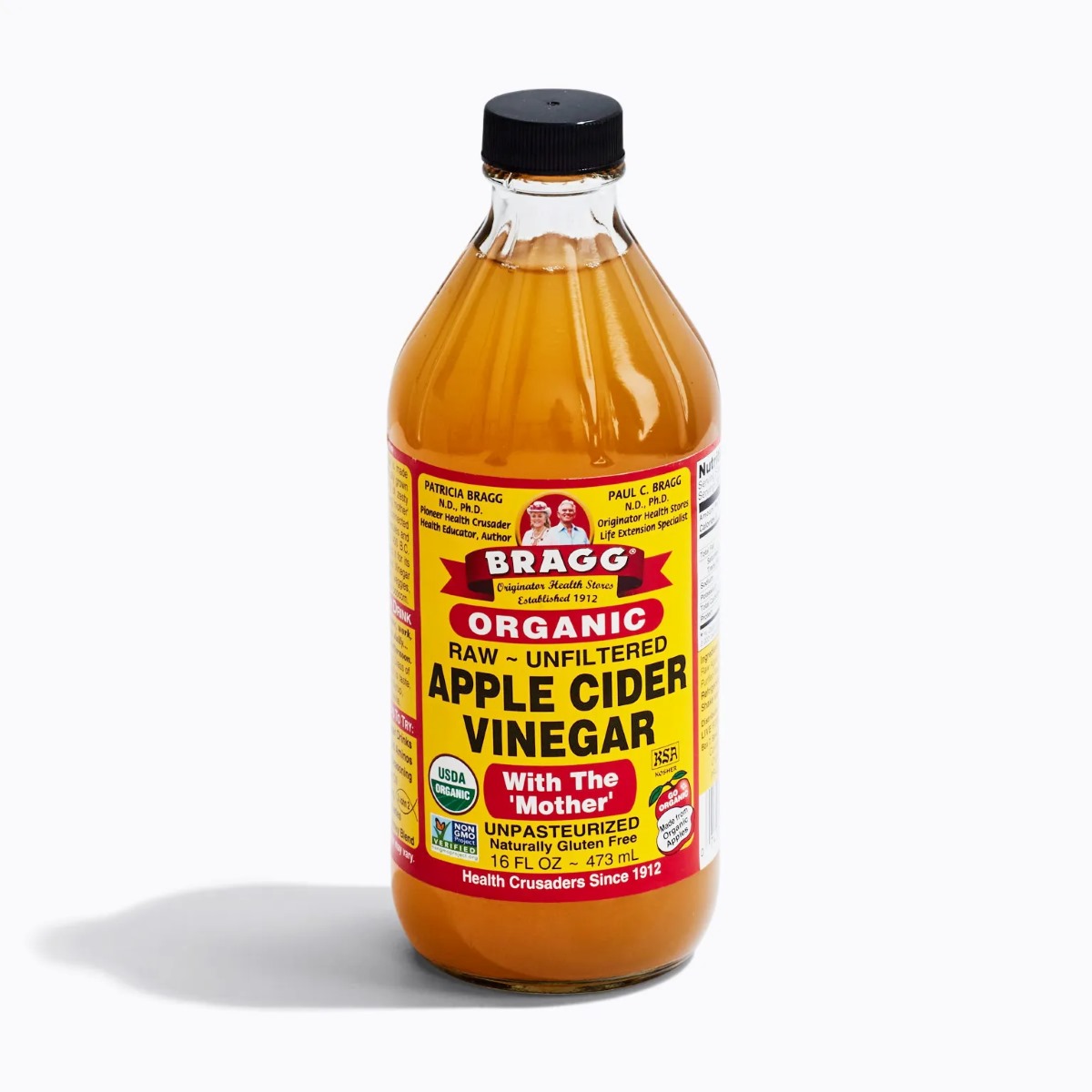
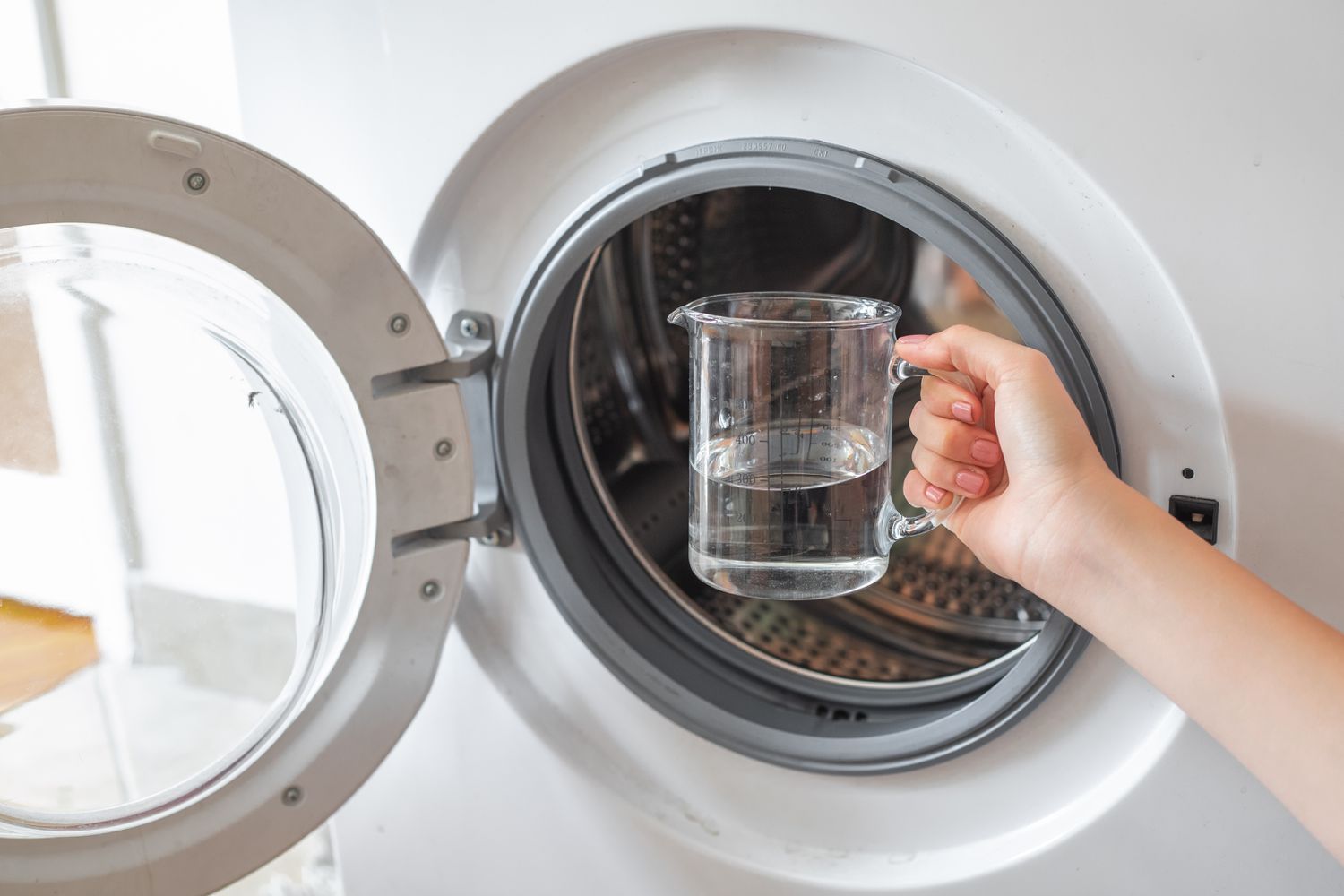

0 thoughts on “How To Store Vinegar”